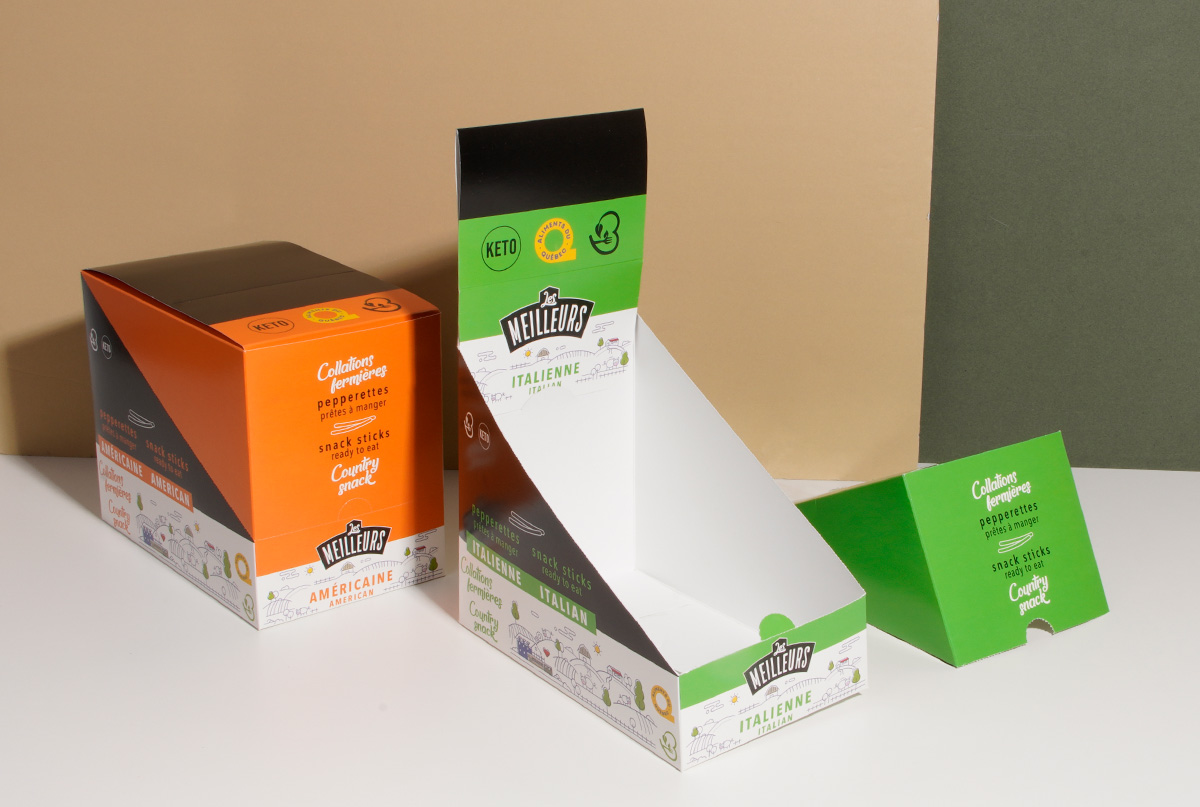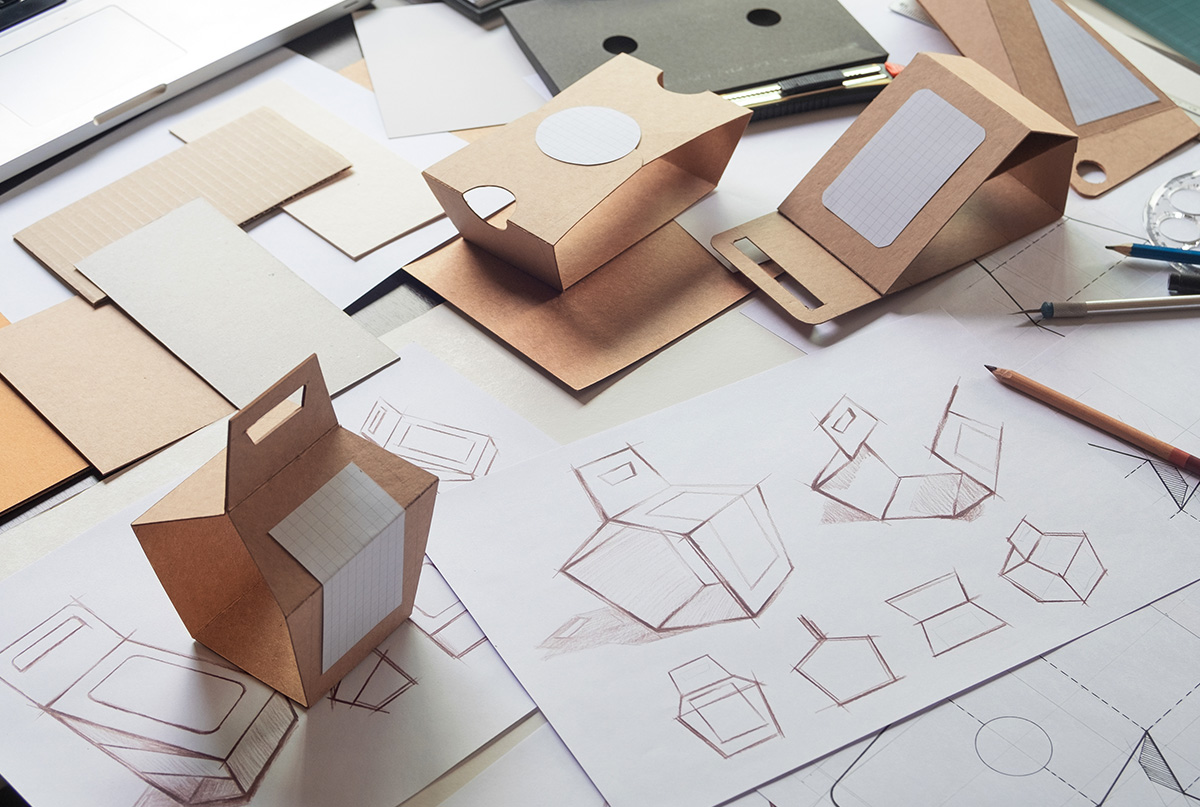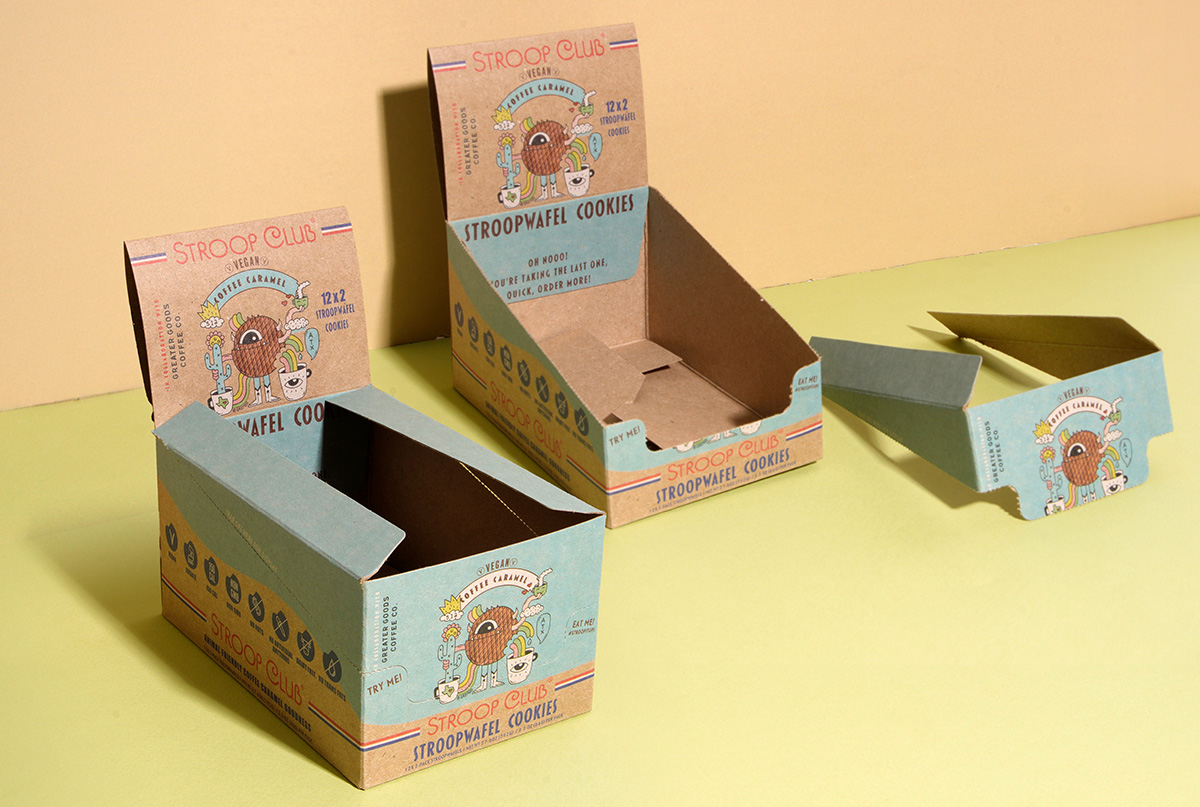Many brands are coming under fire for the amount of material their packaging wastes. Because of this, more brands are becoming aware of the alternative methods of creating a package.
Recycled materials are an ideal way of reducing your impact on the environment and increasing your brand’s appeal among many consumers. Using recycled material in the packaging can also give your sales a boost. Not to mention, some recyclable materials are more affordable to use for packaging.
Here are some tips for adding recyclable or recycled materials to your product packaging.
General Tips for Using Recycled Material
- Make sure the packaging clearly indicates the percentage of recycled items used and follow the Green Claims Code. Following this code shows consumers that you’re making genuine claims about using sustainable packaging.
- Make sure the packaging you use is durable enough to protect against contamination. This is especially important for food items.
- Don’t forget to include both post-industrial (offcut) items as well as post-consumer waste so your product waste is counted accurately.
- Make sure to focus on the technical performance of the packaging over its origin.
With these general rules, you can more closely consider the material you want to use for your product packaging.
Recycled Materials Used in Packaging
There are several materials that are commonly used for sustainable or recyclable packaging. These include board and paper, plastic, and glass. Consider the following tips on using these materials with your packaging.
Board and Paper
When using recycled cardboard for food products, you need to make sure it is tested for any contaminants. You can also consider laminated cartonboard for food packaging. Made from cellulose fibers, cartonboard typically consists of 3 or more layers of the fiber material, so this packaging is typically more durable.
With non-food applications, you can use cartonboard with a higher recycled material content. Another feature that makes cartonboard ideal is that the material is easy to print on, which makes it a good choice for companies who want to put intricate logos or lots of text on product labels.
Plastic
When it comes to plastic, use the least amount possible for your packaging’s specifications. You may want to consider co-extruded plastic containers and bags. These packaging options tend to have a higher resistance to punctures, heat, and water, so they are more durable.
Glass
Glass is commonly used in sustainable packaging because glass is a permanent material. This means glass packaging can be reused infinitely without its durability and food-safe qualities being degraded. To keep glass-based packaging secure, you can use accessories like caps for closure. You can also use organic coatings or shrink sleeves to utilize all colors of recycled glass.
Choosing the Right Recyclable Materials for Packaging
Make sure to carefully consider the use of recycled materials in your packaging. Glass and metal are typically good choices, as there is little to no loss of function or performance when these materials are recycled.
It’s also important to consider the type of products you offer before choosing materials for sustainable packaging. To safely package food items, for instance, packaging materials must also be food-grade aside from being sustainable.




